With the world moving towards sustainability, the Carbon Border Adjustment Mechanism (CBAM) is set to hit businesses exporting to the EU. The EU, aligning with its climate goals, aims to control this. For this they want to ensure that the goods imported follow the same carbon pricing rules like the goods produced in the EU. Due to this, it will be mandatory for exporters to track their carbon emissions, report it and be ready to pay if their product has a high carbon footprint.
CBAM is approaching fast in different phases. It is becoming essential to comply with this and track the emissions. The following 4 steps will help you to ensure that your business is compliant and is competitive.
Step 1: Understanding the Scope of CBAM
The first step in CBAM compliance is identifying the scope. We need to know if our products are under the CBAM scope or not and how regulations will affect us. CBAM initially focus on carbon-intensive sectors like

Iron and Steel
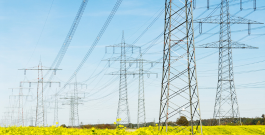
Electricity
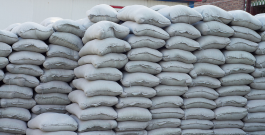
Cement

Aluminium

Fertilizer

Hydrogen
Step 2: Calculating Your Emissions
One of the main component of CBAM is to calculate and report the carbon emissions linked with the goods exported. This will include:
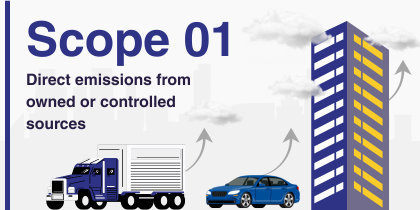
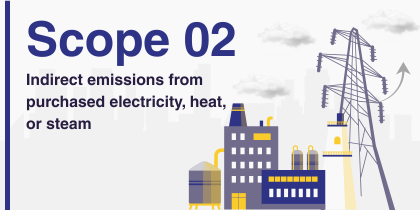
To calculate this, you need to gather data of your production processes, supply chains, and energy consumption. The data should be comprehensive and accurate. For verification which will be mandatory later, you can work with verification bodies to validate and ensure its reliability.
Accurate data is a requirement of CBAM but it will also help you to assess and improve product carbon footprint of your products.
Step 3: Reporting and Documentation
Reporting the findings and its documentation is also a very important step. After calculation, you will be required to submit verified emissions data along with the supporting documents and information to validate the data.
Documentation is important for complying with the standards. This will include documents like invoices, emissions reports etc. You will be charged penalties or can affect the trade in delaying the documentation process and submission.
Step 4: Reducing Carbon Exposure
CBAM does not only mean to comply with the standards. It also gives you a chance to lower the emissions of the products which can have competitive advantage. To reduce the emissions you can focus on energy efficiency, renewable energy and supply chain optimization. This will help to cut the CBAM costs due to emissions per product.
Lowering them will also enhance your company’s reputation as a sustainable leader in a market. Showcasing your responsibility towards the environment. For this you need to upgrade production, adopt renewable energy sources, and partner with low carbon suppliers. This will also help your company in future.
Conclusion: Partnering for CBAM Success
The CBAM deadlines are coming near. The businesses must act early in order to comply and strategically plan for lowering the emissions. This might seem a little hard in the beginning but the steps as shown above will navigate you in successful CBAM compliance and minimizing the emissions and costs.
At Growlity, we specialize in guiding businesses through the CBAM compliance journey, from emissions tracking to third-party verification and more. We can help you not only meet regulatory requirements but also reduce your emissions. Contact us today to ensure your business is prepared for CBAM and ready for future growth showcasing how you truly care for the Earth.

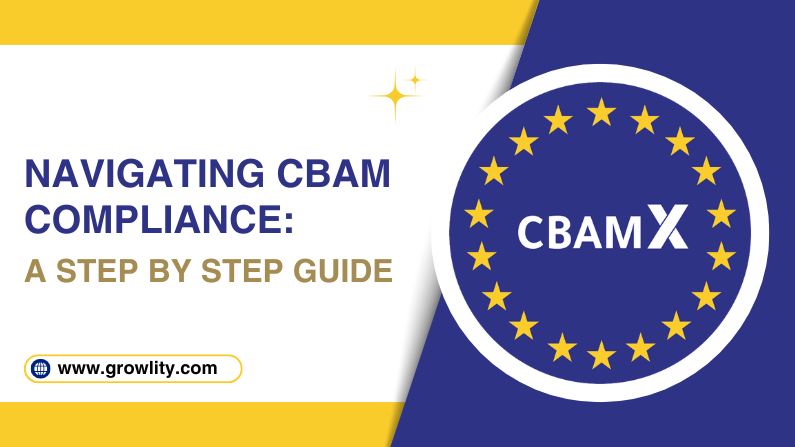
Recent Comments